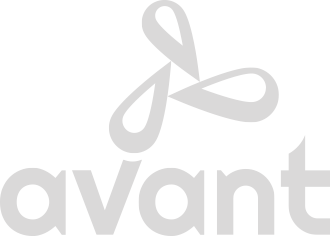In this series we’ve tackled why it’s important to have a development plan, how to differentiate between business and development goals, how development naturally folds into transition plans, and hurdles to development. Across all of these areas there is one lifeline that can make or break the process: Feedback.
Without thoughtful and constructive feedback – both from yourself and from others – a development plan has no chance for success. Here are three tips to leverage feedback as part of your growth and development.
Review your “game film” on a regular basis
The business world could learn a lot from the sports world about the effectiveness of feedback. Why do sports teams break down game film and practice film on a daily basis? Because it’s timely, specific and actionable. Why do runners wear devices that track their progress? Because the information is timely, specific and actionable. By the time an athlete is sidelined for poor performance, there has been plenty of feedback and there are no surprises for the athlete. As employees, we have opportunity to review our game film, to make sure that we are looking for internal feedback as well as external feedback, and to learn from it in a way that is timely, specific and actionable. Your development plan is one step in the process.
Identify your allies
While the feedback you give yourself is essential for self-awareness, it’s important to have allies who you trust to provide feedback on a regular, informal basis. Make sure you select allies who have a bit of a backbone; they need to be comfortable with uncomfortable feedback. They should be close enough to you to notice your behaviors, and if possible, at various levels of your corporate hierarchy. If you select the right the allies, they will help to keep you motivated, they will notice nuances that others might not notice and they will help to keep you accountable.
Believe in the process
Feedback is not a one-and-done thing. It needs to be consistent. It takes time. Some behaviors take years to develop; they will not be changed in a day. In the case of Claire, the emerging leader who was recently promoted to her first VP role and was the focus of this series, the process was one of her biggest takeaways. She recently reflected to me, “When you’re too close to something, you can’t see the ‘what’ for the ‘what.’ You can’t see the forest for the trees. Feedback allows you to see the root of it. I think of this iceberg picture where they show the top of iceberg, and you think you need to focus on above the water, but feedback helps you really focus on the root of it.”
An effective development plan requires time. It requires you to pause and reflect. It may seem like a lot to bite off in the midst of the day-to-day, but if you break it down (i.e., chunking) and approach it with consistency and commitment, the results will start to be rewarding in no time, not only for you personally, but for your employees and your company.
This series provided a case study, Claire, to showcase a portion of her journey. Awareness and ah-ha’s are a part of the process – relish them along the way. Setbacks and mistakes are integral to the learning process as well – see them as feedback rather than catastrophic. Don’t like the idea of failure as essential learning ingredient? Imagine how essential stumbling is for a baby learning to walk. What insights have you had from this series? Where will your development journey begin?
A special thanks to Claire, who allowed us to document her process as she created her first development plan. Her feedback and active participation were hugely insightful and mutually appreciated.
This is the final article in a five-part series on the importance of a development plan. Check out the introductory article that defined what a development plan is, the second article that differentiated between a business goal and a development goal, the third article that focused on an effective transition plan, and the fourth article about how to overcome roadblocks to your development plan.

